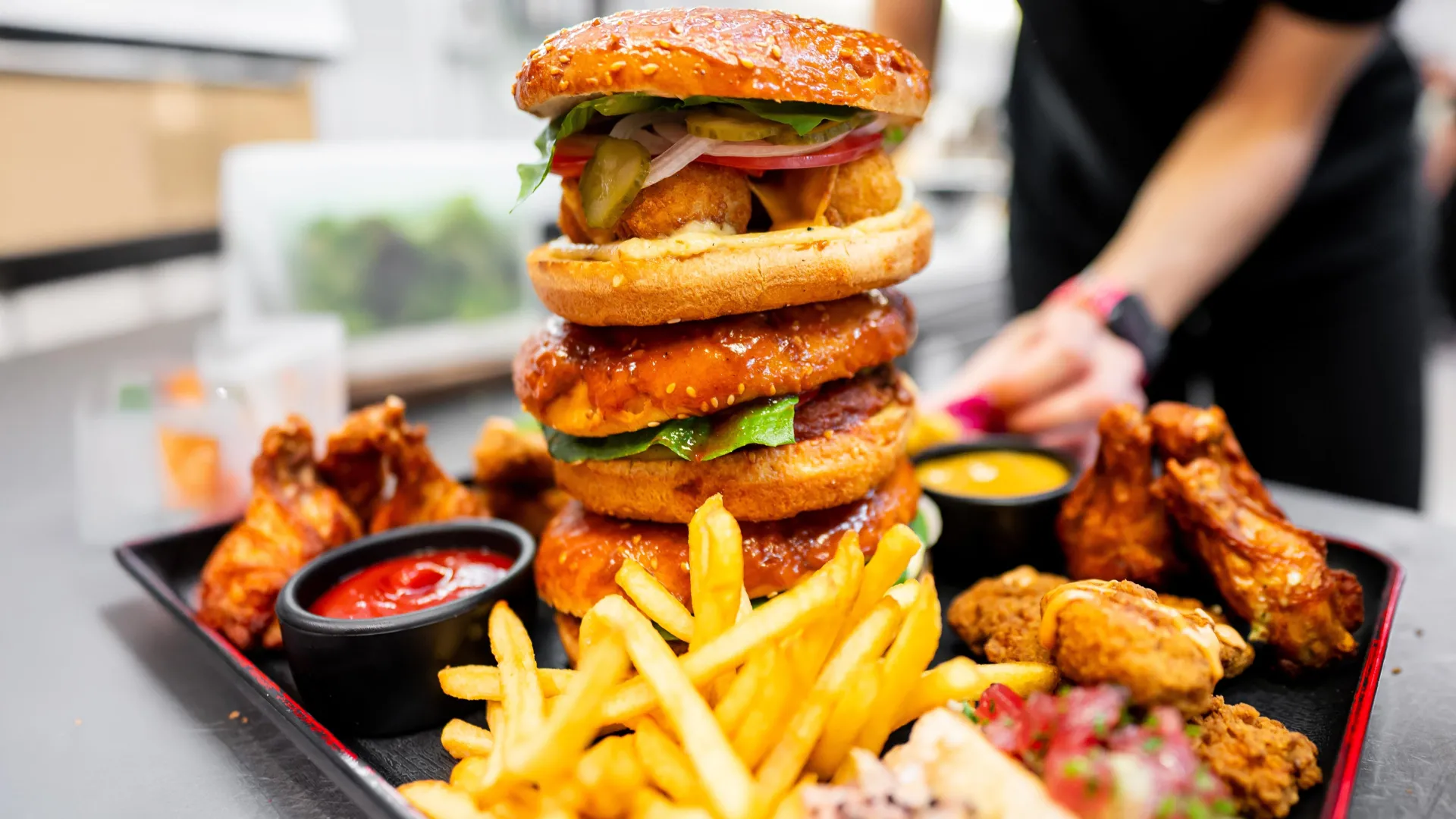The harmful frequency and reach of unhealthy foods on social media
- Date:
- November 1, 2024
- Source:
- PLOS
- Summary:
- In 2020, fast food and sugary drinks topped Canadian social media mentions, reaching billions worldwide. Experts warn this digital exposure is helping normalize unhealthy eating, especially among youth, and call for protective policies.
- Share:

An analysis of social media posts that mention food and beverage products finds that fast food restaurants and sugar sweetened beverages are the most common, with millions of posts reaching billions of users over the course of a year. The study, published in the open access journal PLOS Digital Health, highlights the sheer volume of content normalizing unhealthy eating, and argues that policies are needed to protect young people in the digital food environment.
Obesity is a health challenge around the world and food environments, including in the digital space, can influence what people eat. Monique Potvin Kent of the University of Ottawa, and colleagues, investigated the frequency and reach of user generated social media posts in Canada in 2020. They identified the 40 food brands with the highest brand shares in Canada and searched for mentions of them on Twitter, Reddit, Tumblr and YouTube by general users of the sites.
Over the course of 2020, the brands were mentioned 16,851,990 times, reaching an estimated 42,244,995,156 users. The food categories with the most posts and reach were fast food restaurants with 60.5% of posts and 58.1% of total reach, and sugar sweetened beverages with 29.3% of posts and 37.9% of total reach. More men mentioned and were reached by the posts compared to women. Although the study did not separate out users by age, past evidence has shown that young people are heavy users of social media and has demonstrated high rates of exposure to these types of content.
With so many posts mentioning these food categories and certain brands, the authors believe the digital environment is contributing to the normalization of unhealthy food and beverage intake by youth. They argue that given the popularity of social media use by young people, this study supports the need for policies to protect this vulnerable group in the digital food environment.
Story Source:
Materials provided by PLOS. Note: Content may be edited for style and length.
Journal Reference:
- Monique Potvin Kent, Meghan Pritchard, Christine Mulligan, Lauren Remedios. Normalizing junk food: The frequency and reach of posts related to food and beverage brands on social media. PLOS Digital Health, 2024; 3 (10): e0000630 DOI: 10.1371/journal.pdig.0000630
Cite This Page: